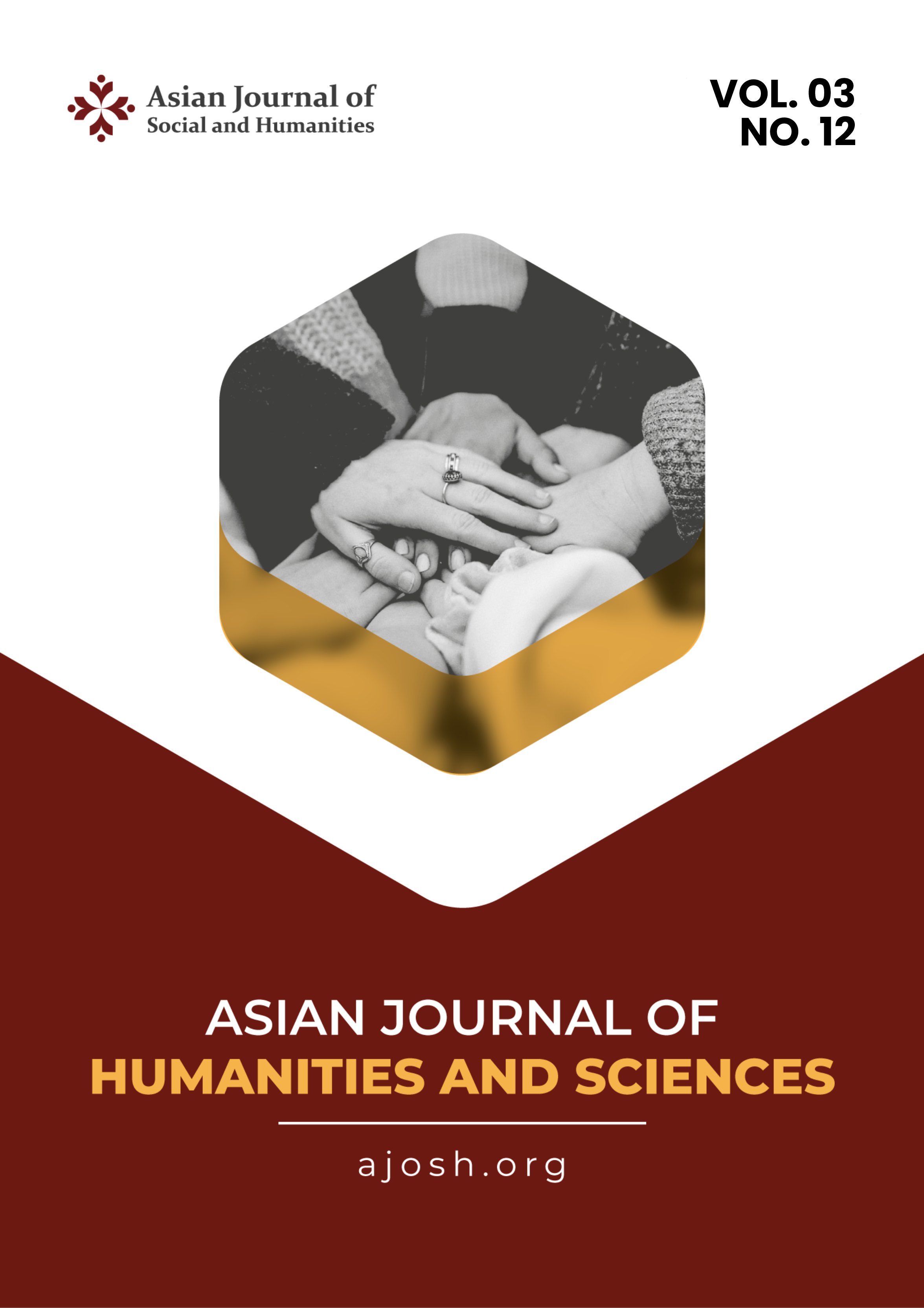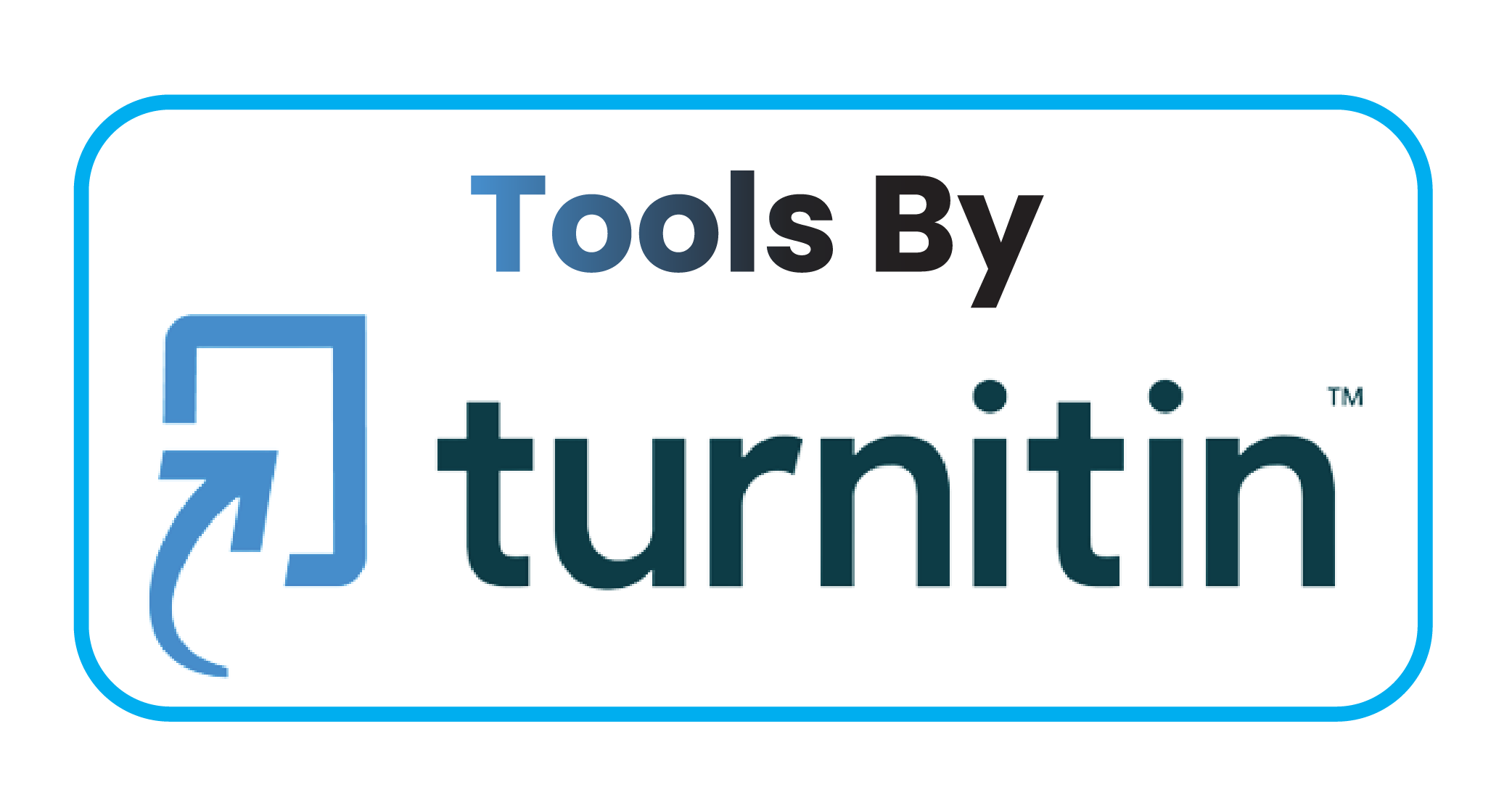Hexahelix Collaboration and Inclusive Disaster Governance: A CSR-Based Social Innovation through SINAR PELITA in Aceh Tamiang, Indonesia
DOI:
https://doi.org/10.59888/ajosh.v3i12.616Keywords:
Corporate Social Responsibility (CSR), SINAR PELITA, inclusive disaster governance, disability, hexahelix collaboration, social innovationAbstract
This study analyzes the implementation of Corporate Social Responsibility (CSR) by PT Pertamina EP Rantau Field through the program SINAR PELITA (Sistem Inklusif dan Responsif Pelibatan Difabel dalam Tanggap Bencana / Inclusive and Responsive System for Disability Engagement in Disaster Response) as a pioneering social innovation in Aceh Tamiang. Using the Socio-Ecological Framework (SEF) and the concept of hexahelix collaboration, this research investigates how multi-level vulnerabilities faced by persons with disabilities in disaster contexts are addressed through multi-actor partnerships. The findings demonstrate that vulnerabilities are not merely individual but span interpersonal, community, institutional, environmental, and policy levels. SINAR PELITA responds through integrated interventions such as the establishment of SATGAS DIGDAYA (Disability Task Force for Disaster Preparedness and Empowerment), the formulation of an Inclusive Disaster Response SOP, development of inclusive shelters, and the innovation of an evacuation electric boat. These outputs are achieved through the synergy of six key actors—industry, government, academia, community, media, and policy—forming a collaborative ecosystem in disaster risk reduction.This study contributes theoretically by demonstrating how CSR can evolve from philanthropic practices into transformative social innovation, positioning persons with disabilities as active agents of community resilience. Practically, SINAR PELITA represents a best practice model of inclusive disaster governance that can be replicated in other disaster-prone regions, while supporting the achievement of the Sustainable Development Goals (SDGs), particularly Goal 11 (Sustainable Cities and Communities) and Goal 13 (Climate Action).References
BNPB. (2023). Data Bencana Indonesia 2023. Jakarta: Badan Nasional Penanggulangan Bencana.
BPBD Aceh Tamiang. (2024). SOP Tanggap Bencana Inklusif. Aceh Tamiang: BPBD.
BPS Kabupaten Aceh Tamiang. (2022). Statistik Penyandang Disabilitas Kabupaten Aceh Tamiang. Aceh Tamiang: BPS.
Kyoo, L. (2016). Disaster Management and Disability Inclusion. Journal of Disaster Studies, 12(3), 45–60.
Pertamina EP Rantau Field. (2024). Dokumen Inovasi Sosial: SINAR PELITA. Aceh Tamiang: Pertamina EP.
Republik Indonesia. (2007). Undang-Undang Nomor 24 Tahun 2007 tentang Penanggulangan Bencana. Jakarta: Sekretariat Negara.
Badan Nasional Penanggulangan Bencana. (2014). Peraturan Kepala BNPB Nomor 14 Tahun 2014 tentang Penanganan, Perlindungan, dan Partisipasi Penyandang Difabel dalam Penanggulangan Bencana. Jakarta: BNPB
Carroll, A. B. (1999). Corporate social responsibility: Evolution of a definitional construct. Business & Society, 38(3), 268–295.
Elkington, J. (1998). Cannibals with Forks: The Triple Bottom Line of 21st Century Business. Oxford: Capstone.
Linnenluecke, M. K., & Griffiths, A. (2010). Corporate sustainability and organizational culture. Journal of World Business, 45(4), 357–366.
Bronfenbrenner, U. (1979). The Ecology of Human Development: Experiments by Nature and Design. Cambridge, MA: Harvard University Press.
Chambers, R. (1997). Whose Reality Counts? Putting the First Last. London: Intermediate Technology Publications.
Ife, J., & Tesoriero, F. (2008). Community Development: Community-based Alternatives in an Age of Globalisation. Frenchs Forest: Pearson Education.
Stokols, D. (1996). Translating social ecological theory into guidelines for community health promotion. American Journal of Health Promotion, 10(4), 282–298.
Zimmerman, M. A. (2000). Empowerment theory: Psychological, organizational and community levels of analysis. In J. Rappaport & E. Seidman (Eds.), Handbook of Community Psychology (pp. 43–63). New York: Springer.
Allen, K. M. (2006). Community-based disaster preparedness and climate adaptation: local capacity building in the Philippines. Disasters, 30(1), 81–101.
BNPB. (2014). Peraturan Kepala BNPB Nomor 14 Tahun 2014 tentang Penanganan, Perlindungan, dan Partisipasi Penyandang Difabel dalam Penanggulangan Bencana. Jakarta: BNPB.
Maskrey, A. (2011). Revisiting community-based disaster risk management. Environmental Hazards, 10(1), 42–52.
Shaw, R., & Okazaki, K. (2004). Sustainable Community-based Disaster Management Practices in Asia: A User’s Guide. Kyoto: UNCRD.
Undang-Undang Republik Indonesia Nomor 24 Tahun 2007 tentang Penanggulangan Bencana. Jakarta: Sekretariat Negara.
Ansell, C., & Gash, A. (2008). Collaborative governance in theory and practice. Journal of Public Administration Research and Theory, 18(4), 543–571.
Carayannis, E. G., & Campbell, D. F. J. (2009). 'Mode 3' and 'Quadruple Helix': Toward a 21st century fractal innovation ecosystem. International Journal of Technology Management, 46(3/4), 201–234.
Etzkowitz, H. (2008). The Triple Helix: University–Industry–Government Innovation in Action. London: Routledge.
Etzkowitz, H., & Leydesdorff, L. (2000). The dynamics of innovation: from National Systems and “Mode 2” to a Triple Helix of university–industry–government relations. Research Policy, 29(2), 109–123.
Howlett, M., & Ramesh, M. (2003). Studying Public Policy: Policy Cycles and Policy Subsystems. Oxford: Oxford University Press.
Maskrey, A. (2011). Revisiting community-based disaster risk management. Environmental Hazards, 10(1), 42–52.
McQuail, D. (2010). McQuail’s Mass Communication Theory (6th ed.). London: Sage.
Porter, M. E., & Kramer, M. R. (2011). Creating shared value. Harvard Business Review, 89(1/2), 62–77.
Pratama, A. (2020). Inovasi sosial berbasis kolaborasi hexahelix: Studi pada pengelolaan risiko bencana di Indonesia. Jurnal Kebijakan Publik, 15(2), 201–220.
Creswell, J. W. (2014). Research Design: Qualitative, Quantitative, and Mixed Methods Approaches (4th ed.). Thousand Oaks, CA: Sage.
Krippendorff, K. (2013). Content Analysis: An Introduction to Its Methodology (3rd ed.). Thousand Oaks, CA: Sage.
Moleong, L. J. (2017). Metodologi Penelitian Kualitatif. Bandung: Remaja Rosdakarya.
Yin, R. K. (2018). Case Study Research and Applications: Design and Methods (6th ed.). Thousand Oaks, CA: Sage.
Porter, M. E., & Kramer, M. R. (2011). Creating shared value. Harvard Business Review, 89(1/2), 62–77.
Pratama, A. (2020). Inovasi sosial berbasis kolaborasi hexahelix: Studi pada pengelolaan risiko bencana di Indonesia. Jurnal Kebijakan Publik, 15(2), 201–220.
Wisner, B., Blaikie, P., Cannon, T., & Davis, I. (2004). At Risk: Natural Hazards, People’s Vulnerability and Disasters. London: Routledge.
Bronfenbrenner, U. (1979). The Ecology of Human Development. Harvard University Press.
Stokols, D. (1996). Translating social ecological theory into guidelines for health promotion. American Journal of Health Promotion, 10(4), 282–298.
Norris, F. H., Stevens, S. P., Pfefferbaum, B., Wyche, K. F., & Pfefferbaum, R. L. (2008). Community resilience as a metaphor, theory, and strategy. American Journal of Community Psychology, 41, 127–150.
Porter, M. E., & Kramer, M. R. (2011). Creating shared value. Harvard Business Review, 89(1/2), 62–77.
Downloads
Published
Issue
Section
License
Copyright (c) 2025 Winda Damelia, Tiara Chaerani, Khairunnisa Diltha, Fahmi Abdullah Alfaruk, Rara Ayuni Rahmadani

This work is licensed under a Creative Commons Attribution-ShareAlike 4.0 International License.
Authors who publish with this journal agree to the following terms:
- Authors retain copyright and grant the journal right of first publication with the work simultaneously licensed under a Creative Commons Attribution-ShareAlike 4.0 International. that allows others to share the work with an acknowledgement of the work's authorship and initial publication in this journal.
- Authors are able to enter into separate, additional contractual arrangements for the non-exclusive distribution of the journal's published version of the work (e.g., post it to an institutional repository or publish it in a book), with an acknowledgement of its initial publication in this journal.
- Authors are permitted and encouraged to post their work online (e.g., in institutional repositories or on their website) prior to and during the submission process, as it can lead to productive exchanges, as well as earlier and greater citation of published work.










